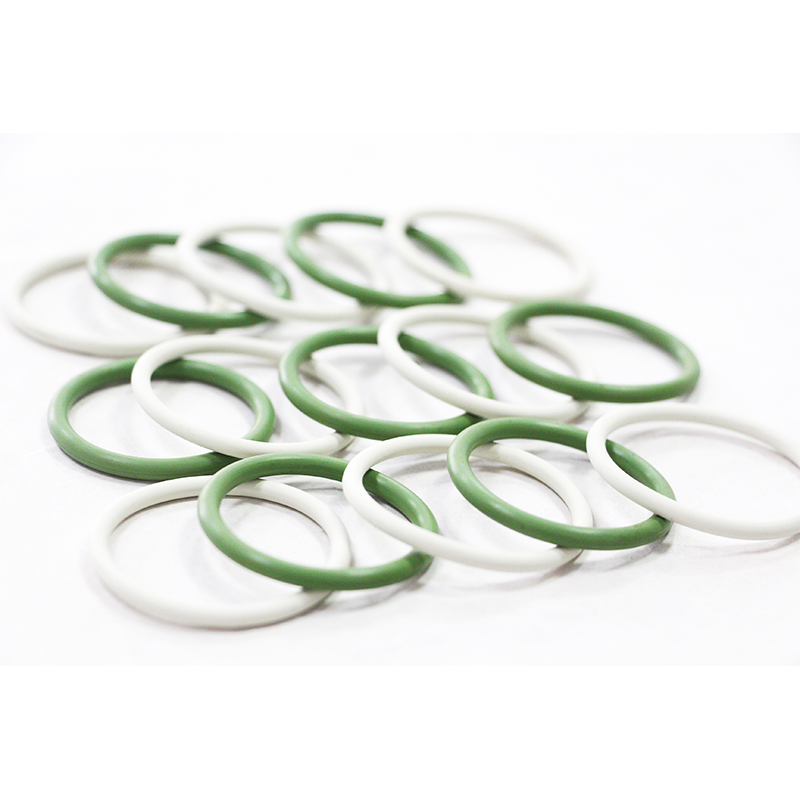

The unvulcanized O-ring compound is a viscous fluid und […]
The unvulcanized O-ring compound is a viscous fluid under high temperature and pressure, and at the molding vulcanization stage, the compound quickly fills the mold cavity, and the excess part (in order to prevent lack of glue, the compound filled in the mold cavity must be Maintain a certain excess) overflow vulcanization, which forms overflow glue (also known as waste edge, flash). Once the overflow edge is formed, it must be removed in order to make the appearance neat and beautiful. This process is commonly known as trimming. The requirements for trimming are accurate size and neat appearance. in actual production. Trimming of products is often time-consuming and labor-intensive. For products with strict requirements, a little carelessness in trimming may lead to failure and must be handled with caution. Generally speaking, the smaller the size of the product and the more complex the configuration, the higher the difficulty of trimming and the more waste. The trimming of O-rings is divided into three categories: manual, mechanical and frozen:
1. Manual trimming. The operator holds the tool, along the outer edge of the product, and gradually repairs the overflow edge. This is the most primitive method. The efficiency is low and the quality is difficult to guarantee, especially for the O-ring with small size and high precision requirements, it is difficult to be completely and clean, and it is easy to damage the connection between the product body and the overflow edge. Often, tooth marks and gaps are left, leaving oil leakage, air leakage and other residual problems that affect the sealing. in addition. The dependence of manual trimming on operational proficiency is also prominent.
2. Mechanical trimming. In order to improve efficiency and quality, mechanical trimming has appeared. Common are dedicated electric trimmers with rotating blades. The blade used needs to be highly matched to the size of the product. If the product has overflow on the inner and outer edges. It can be designed as double-edged and multi-edged. to achieve one-time completion. The machining accuracy of mechanical trimming is higher than that of manual trimming, and the efficiency is also doubled. Especially for products with one mold and multiple cavities, matching tools can be designed according to the arrangement and distribution of the products. After the product is out of the mold. It can be put on the whole page, and the punching can be completed at one time. With the cooperation of heating, dozens of them can be repaired at a time. The key is that the punching temperature must be well controlled to prevent sticking after being too high.
3. Freeze trim. The vulcanized finished product and the waste edge are removed under freezing conditions. The technology is developed by Japan's Showa carbonated ice trimming and has undergone several generations of improvement, becoming more mature and perfect, and the work efficiency and processing quality have been significantly improved.
